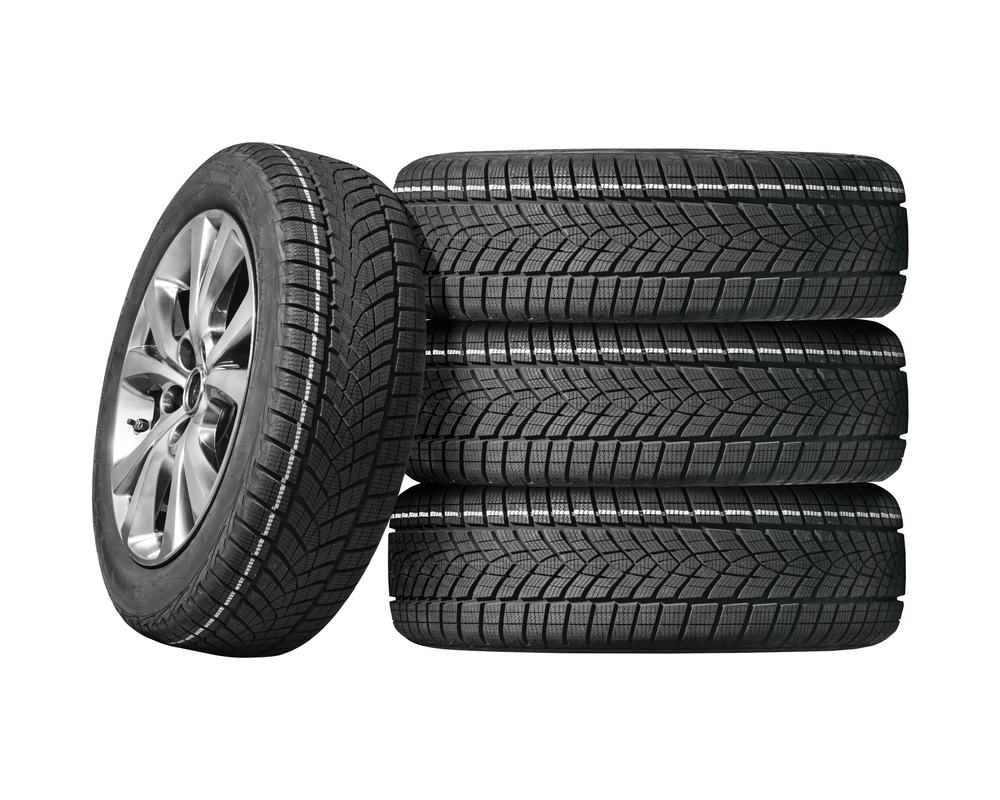
Looking for the perfect tires to keep your car safe and performing at its best? Choosing the right tires can be overwhelming with so many options available. This guide will help you navigate the world of car tires and make the best choice for your vehicle. Search the options below now!
Key Takeaways
- Understanding tire types and their purposes
- Matching tires to your driving conditions and style
- Importance of proper tire size and load capacity
- Balancing performance, durability, and cost
- Regular maintenance for optimal tire life and safety
Understanding Different Types of Car Tires
Car tires come in various types, each designed for specific driving conditions and vehicle types. The main categories include:
- All-season tires: Versatile for year-round use in moderate climates
- Summer tires: Optimized for dry and wet roads in warm weather
- Winter tires: Engineered for snow, ice, and cold temperatures
- All-terrain tires: Designed for both on-road and light off-road use
- Performance tires: Built for high-speed handling and responsiveness
Knowing which type suits your needs is crucial for safety and performance. Consider your local climate, driving habits, and vehicle specifications when choosing.
Decoding Tire Size and Specifications
Tire size and specifications can seem like a confusing jumble of numbers and letters. Here’s what you need to know:
- Width: The first three digits (e.g., 225) represent the tire’s width in millimeters
- Aspect ratio: The two digits after the slash (e.g., /65) indicate sidewall height as a percentage of width
- Construction: “R” stands for radial construction
- Rim diameter: The last two digits (e.g., 17) show the rim diameter in inches
- Load index and speed rating: These letters and numbers indicate weight capacity and maximum speed
Always match these specifications to your vehicle’s requirements for optimal performance and safety.
Balancing Performance, Durability, and Cost
When selecting car tires, it’s essential to find the right balance between performance, durability, and cost. Consider these factors:
- Tread life: Look for tires with longer tread life warranties for better value
- Fuel efficiency: Low rolling resistance tires can help improve gas mileage
- Noise level: Some tires are designed for a quieter ride
- Wet and dry performance: Check ratings for stopping distance and handling
- Price: Remember, the cheapest option isn’t always the most cost-effective in the long run
Prioritize these factors based on your driving needs and budget to find the best overall value.
Importance of Proper Tire Maintenance
Even the best tires won’t perform well without proper maintenance. Follow these tips to extend tire life and ensure safety:
- Regularly check tire pressure and adjust as needed
- Rotate tires according to the manufacturer’s recommendations
- Align wheels to prevent uneven wear
- Inspect tires for damage or wear regularly
- Replace tires when tread depth reaches 2/32 of an inch
Proper maintenance not only extends tire life but also improves fuel efficiency and safety on the road.
Where to Buy and How to Compare Tire Options
With so many tire options available, it’s important to shop smart. Here’s how to find the best deals and compare options:
- Research online: Read reviews and compare ratings from trusted sources
- Visit local tire shops: Get personalized recommendations and often competitive pricing
- Check with your car dealership: They may offer tires specifically designed for your vehicle
- Use tire comparison tools: Many websites offer side-by-side comparisons of tire specs and prices
- Look for promotions: Many retailers offer seasonal discounts or rebates on tire purchases
Don’t forget to factor in the cost of installation and any additional services like alignment when comparing prices.
Search the options below to learn more!
FAQ About Choosing Car Tires
How often should I replace my car tires? Most tires should be replaced every 6 to 10 years, depending on usage and wear. Check tread depth regularly and replace when it reaches 2/32 of an inch.
Can I mix different types of tires on my car? It’s generally not recommended to mix tire types. Use the same type and brand on all four wheels for optimal performance and safety.
Are more expensive tires always better? Not necessarily. While premium tires often offer better performance, mid-range options can provide good value for many drivers. Consider your specific needs and budget.
How do I know if I need all-season or winter tires? If you live in an area with frequent snow and temperatures regularly below 45°F (7°C), winter tires are recommended. All-season tires are suitable for areas with milder winters.
What’s the difference between OEM and aftermarket tires? OEM (Original Equipment Manufacturer) tires are designed specifically for your vehicle model. Aftermarket tires offer more options and may provide better performance or value, but ensure they meet your vehicle’s specifications.
Conclusion
Choosing the right car tires is crucial for safety, performance, and value. By understanding tire types, decoding specifications, and considering factors like climate and driving style, you can make an informed decision. Remember to maintain your tires properly to maximize their lifespan and performance. Don’t compromise on quality when it comes to the only part of your car that touches the road. Search for tire options now and drive with confidence!










